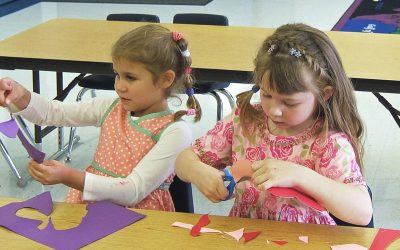Flexible pacing is about being able to do things (create, work, reflect, play) at a time and rate that best suits a person’s needs and energy levels.
Why Does Flexible Pacing Matter?
It’s important for children (and adults) to be able to set and reach goals while they advance comfortably and develop new skills—such as reading, singing, dancing, or doing whatever they choose. Learning can happen anytime and anywhere, and steady headway is enticing. It’s like a secret sauce! It empowers progress, and it also invigorates family fun and well-being.
The Key to Flexible Pacing: A Respectful Give-And-Take
Many families find that when they relax pressure to achieve and ease or revisit schedules, there’s more time for laughter, storytelling, reading, innovative fort-building, puzzles, collaborative cooking, arts and crafts, gardening, games, picnics, and the pursuit of interests and learning experiences that may otherwise get side-lined. Flexible pacing is a particularly effective approach when children feel overwhelmed, or rushed, or distracted, or if they’re unsure about expectations or their own capabilities. Contentment can be motivating and enhance confidence.








